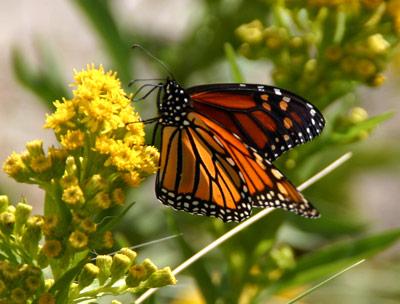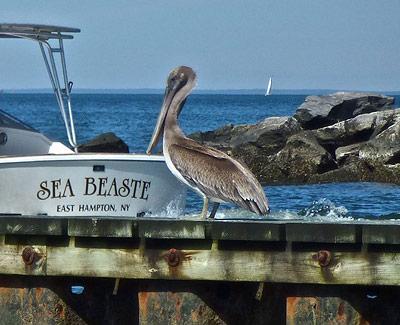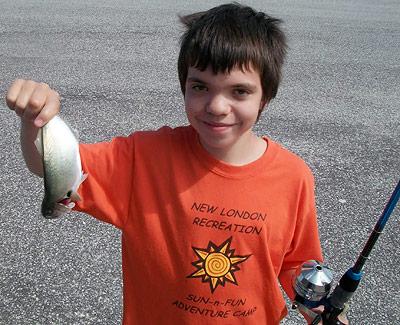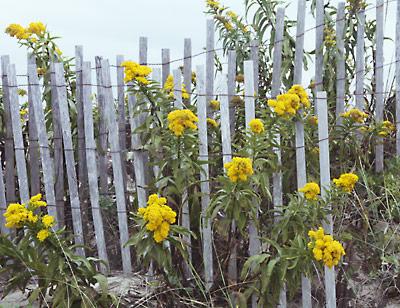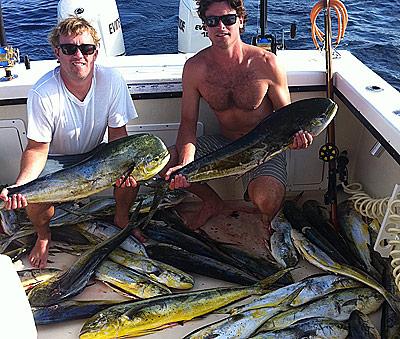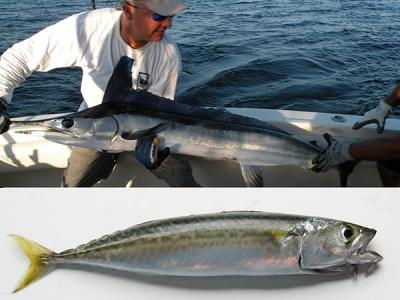On the Water: False Albies Are Here
On the Water: False Albies Are Here
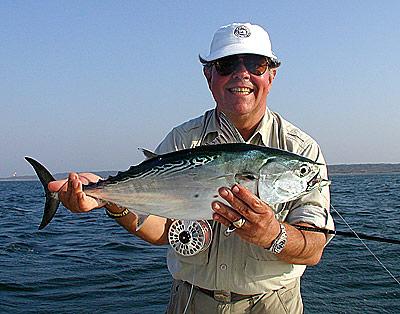
Boaters should take care. Logs and other debris washed into the sea from flooded rivers during Tropical Storm Irene continue to haunt local waters and are virtually invisible in any kind of choppy conditions.
Sailing on Sunday from Fort Pond Bay in Montauk to Eastern Plains Point on the east side of Gardiner’s Island, our sailboat, moving at about seven knots, nearly struck a log as long as a telephone pole. It could have un-pintled the rudder. Damage to a faster-moving power boat would have been far worse.
Once off Eastern Plains Point, with its castle-like tower used as an observation post during World War II, the clams were brought forth — porgie bait. They were surf clams coughed up by Irene’s storm surge and collected along an Amagansett beach. Gulls wasted no time chowing down the day after the storm, and fishermen were not far behind with buckets to collect bait.
The standard two-hook terminal rig was equipped with a four-ounce lead to keep it on the bottom. The surf clams were cut into strips and threaded onto freshly sharpened hooks. Down they went. An earlier drop at Tobaccolot Bay just to the south produced nibbles but not the action fishermen have come to expect from the area.
The Eastern Plains drop was very different. Not 10 seconds after the first hooks touched the bottom, the porgies started knocking. The rest is up to soft hands, the feel, the timing between the knock and the angler’s upward jerk of the rod to set the hook. About a dozen big porgies were reeled in before it was time to set sail and head back to Fort Pond Bay.
The regular porgie season will end on Sept. 26. Between now and then, the daily limit is 10 porgies per person per day. They must measure at least 10.5 inches. Charter and party boat anglers are permitted 40 porgies per person per day until Oct. 11. The recreational fluke season ends on Sept. 30.
They’re here. It’s official. Ken Rafferty, a light-tackle and fly-fishing guide who works out of Three Mile Harbor but fishes Montauk this time of year, ran into a school of false albacore on Labor Day in the area of Outer Shagwong Point in Montauk.
Time to break out the fly rods. Head out to Montauk Point in unseaworthy boats with low freeboard and casting platforms, but don’t forget to check over your shoulder every once in a while. The ocean has waves.
Paulie’s Tackle shop in Montauk and the Tackle Shop in Amagansett both reported productive striped bass fishing from the beach using clam baits.
Paul Apostolides of Paulie’s Tackle said it was unclear what bass were eating after the big storm. Boating anglers were doing well, he said. Harvey Bennett of the Tackle Shop confirmed the clam-bait-and-boater successes, and noted that Saul Oliver caught a hefty 42-inch striper with an eel on Saturday off the Montauk Light.
It was Oliver’s first bass venture. He was usually found out in the Butterfish Hole 10 miles south of Montauk with light tackle and spinning plugs casting “for little bluefin tuna.”
Bluefish have been scarce on the beach, although in the bay, they are plentiful outside Three Mile Harbor and off Sammy’s Beach.
Camouflaged, looking like normal people most of the year — their fishing passion disguised to all, even their spouses — are the surfcasters already gearing up for the annual Montauk SurfMasters tournament. It will get under way at one minute after midnight on Sept. 23 and end on Dec. 1.
Contestants must have their applications and entry fees in by 7 p.m. on Sept. 22. The entry fee for those competing for heaviest bass in the wetsuit and wader divisions is $250, $50 of which goes toward the banquet dinner that marks the tournament finale. The fee for surfcasters in the women’s division is $150, with $50 toward the banquet. Youth and kids-division entrants get a free ride.
There are a few changes this year. To liven things up, the caster who catches the largest bass over all will receive a $250 cash prize to add to his or her other winnings. In addition, surfcasters who land fish weighing over 25 pounds will get a raffle ticket that could win $400 toward a custom rod built by Paulie’s Tackle.

